Join our residential treatment program for a comprehensive approach to addiction recovery. We address both substance abuse and mental health issues, providing you with the essential tools for long-term sobriety.
Patients Treated for Substance Abuse
Families Impacted
Patients Admitted to IOP
Patient Approval Rating
Patients Medically Detoxed
The more effective rehab programs provide a complete range of services. Beginning with detox and then transitioning to individualized treatment. Services to look for include:
Patients Treated for Substance Abuse
Families Impacted
Patients Admitted to IOP
Patient Approval Rating
Patients Medically Detoxed
Patients Treated for Substance Abuse
Families Impacted
500+ Patients Admitted to IOP
94% Patient Approval Rating
Since detoxification alone does not address the psychological, social, and behavioral issues associated with addiction, residential treatment is often essential for making lasting changes that lead to successful recovery.
Residential treatment helps rewire the brain in three significant ways:


Craving Management: It reduces cravings for drugs or alcohol through various therapeutic approaches.

Regaining Control: It restores the brain’s ability to control substance use by developing coping strategies.

Breaking Compulsion: It addresses compulsive behavior, helping patients resist the urge to use despite consequences.
These pillars form the foundation of our approach, ensuring a comprehensive and supportive recovery journey.
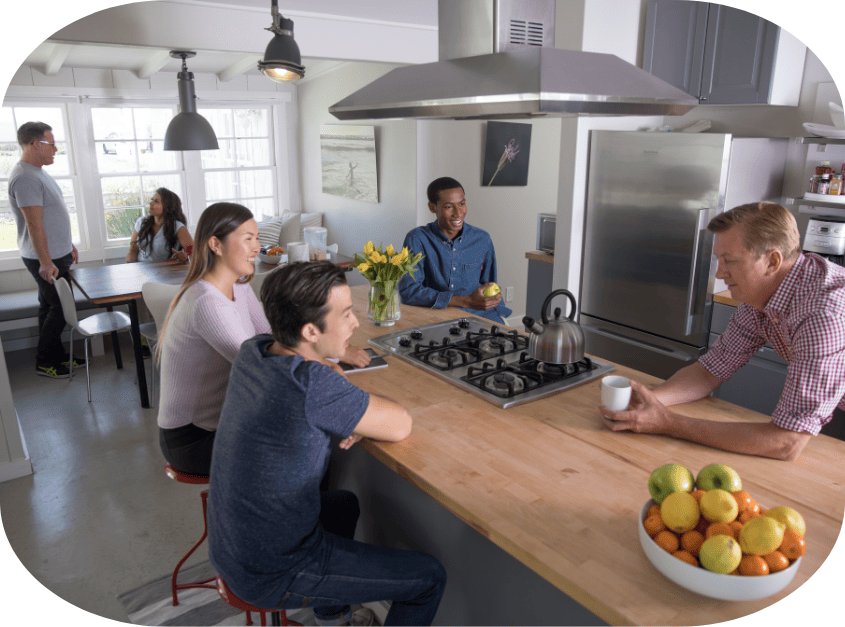
Asana Recovery provided a compassionate and supportive environment for those seeking recovery from addiction. The staff were knowledgeable and dedicated to helping clients on their journey to sobriety. from personalized treatment plans to therapy sessions and educational workshops, the center offered a comprehensive approach to addressing addiction. The facilities were clean and comfortable, fostering a sense of safety and tranquility for individuals undergoing treatment. Overall, the rehab center played a crucial role in helping many individuals reclaim their lives from addiction'!.
Asana was very kind to me during my rehabilitation process. Thank God I continued to stay sober and they helped a lot in this process.
This is very difficult for me to write because this was my 4th treatment program. Today we celebrate 2 months sober. I have to thank mark and amber from the bottom of my heart for guiding me in this process. It was hard for me going back to inpatient treatment. As far as addiction treatment facilities go there are up front and honest and run a strict program but that is what I needed to be able to get sober this time around. The alcohol detox was rough this go around but it did help to have knowledgeable nurses to help. I can’t say anything bad about Asana. Thank you so much and I’m excited to join the alumni meeting !
This was my second treatment facility. I had an overall great experiance at Asana recovery . My therapist spoke to my wife and explained addiction so she understood , which no other facility has done for me . Not only did they pay attention to my personal needs they also included my family into my treatment schedule. By far this has been an amazing eye opening experiance for myself. Addiction is a very tricky thing and Asana recovery understands not everyone is the same . Thank you everyone from the owner to the Techs. Wonderful facility and beautiful property and very comfortable amenities .
I was never supposed to be an alcoholic and addict since the age of ten years old, but here I am. The reason why I chose asana recovery was simple. I needed to start, yet, another try at sobriety. I came here and paid out of my own pocket which shows how incredible and amazing this place really is. There is no detox that compares to this. I felt wanted and important. I just wanted to thank every single person for making me feel that way. I wasn’t just a patient, I was a real person. No matter what it takes, you have to come here for detox to start the long journey back into a life of dignity and love.
Hands down one of the best alcohol treatment facilities. I have been to one prior and this one was special. The therapist actually care and listen. I feel motivated and ready to stay sober this time. Thank you all for being so kind to me when I was broken.
I really enjoyed my week of detox at Asana. The techs and the owner, Jonathan, went out of their way to make sure we were all comfortable, fed, and, above all, safe. You do get your phone taken away, BUT in this day and age, I found it refreshing to not have to be glued to a screen for connection. I made a couple friends I plan on connecting with after I left and it was probably due to being forced to interact face-to-face. Cheyenne, Frank, Ryan, Hunter (and a couple good ones whose names my poor drug-addled brain cannot come up with at the moment 😂) all went out of their way to not only make their group therapy sessions have substance, but you could tell they really cared. Gloria the case manager is simply amazing at what she does. She gave me resources to look into regarding my addiction I have found invaluable to me now, and she really has a good heart. There are outings like bowling or Boomers if you are medically-cleared, and even church on Sunday. If you need a detox, I would heartily recommend Asana.
I was a client at ASANA recovery, and I can only say great things about this company. They truly have gone out of their way to make sure I was comfortable and content. I recommend this treatment center 100% Best rehab in OC!!
I am in the sober living program and have learned so much about recovery and how to change my life. They set u up with tools.
I came to this place hopeless due to my meth addiction. The staff and everyone is beyond amazing I have been blessed to be given this opportunity. I am 35 days sober and feeling better everyday! We do recover.
I just wanted to take a minute to brag on this Recovery Center. This place is amazing and I recommend it to anyone.
One of the best experiences and places I been too highly recommend... Timothy Jacob Davis
I have failed two other treatment attempts and this one "Rocks!". I am very happy with my decision to choose Asana! Thank you to all the staff and fellow clients for providing me with the support i needed for this important step in my recovery.
Asana changed my life with out them I would be dead they gave me a second chance at life there the real deal give them a call so they can change your life as well
Asana changed my life. I now have a peace beyond understanding. I have been enslaved by methamphetamine addiction and alcoholism for 30yrs and now I’m free. Thanks Asana!!
My experience here has been tremendously lifesaving my kid has her mom back my husband has his wife back and to a sauna I have 84 days clean I am enjoying a bonfire at the beach and I can now say that I'm very thankful to be clean and sober and never thought that in my entire life that this whatever happened thank you to Sabrina and Kimberly and everybody at the staff at ASANA you allhave to be very great !!
Asana recovery is a fantastic place to learn how to live a happy healthy balanced life.
Asana is amazing! I really enjoyed my experiences here with all the staff and admissions! They saved my life along with many of my friends by giving an opportunity of getting my life back on track! Everyone is very friendly and the homes are very neat and well kept! Thank you Asana recovery!
I am extremely satisfied with my stay and progress here at Asana recovery. I'm very grateful for Ms. Kim and Matt they are the best! And admissions help Kimber Brave for all she does!
I'm very thankful for Lyndsay and Kim brave for helping me out and for Lyndsay getting me info and I'm very greatful and thankful I got on that plane I'm on day 23 today I coined out from Detox and it's a different setting of my mind now and I'm so greatful I'm here I'm getting my life and owning it so thank you guys
There are goods and bads but ultimately it is what you make it. I’m grateful to be here, I’m grateful that I made it through, and I’m happy to be alive and sober. Thank you Kim for making this all possible.
The staff are amazing very friendly and helpful. I had a great experience and am so happy I choose to come to asana to start my sobriety journey. I would definitely recommend it to anyone looking to start this journey.
Asana Recovery saved my life. It's a good place to go. The staff was great and helped me out in some kind of way Im very appreciative of my recruiter Kim Brave she helped more than anybody. It was everything she told me it would be Thanks Kim Love ya sis
It was such a fantastic experience I needed help in a major way in the song that was the best thing that could have ever happened to me I would highly recommend them to anyone needing help in recovery
I was below rock bottom and pass my wits in I was homeless living in the streets wherever I could crash I lost my relationship with my family and everybody everybody cut ties with me I had nobody I'd given up on everything and didn't see no reason for me living anymore. So I called Sabrina after my cousin gave me her number and said at least give it a shot so now here I am I'm 34 days clean and sober I love myself more than ever I've gained back my family relationships and can even speak with my kids video chat them daily and just everything's better and all aspects of my life and I wouldn't be here today probably if it wasn't for the lovely people at Asana it's like one great big old family up here everybody looks out for each other. I just want to say thank you to all the staff and all the clients for helping me find myself and getting my spirituality back and helping me in my recovery and picking me up when I do have those down times. If you're an addiction today just call it call these ladies give it a I mean what more do you got to lose?!
It was an awesome place for me and my recovery because of Madison house and the few from the center it was the best thing for me and now my family!!!
My experience at Asana was life changing! It completely changed my life. The staff are amazing, intelligent and very supportive. The living conditions are fabulous. I'm very grateful for Asana Recovery staff members, they literally saved my life.
Asana is amazing! Very kind staff, great food and nice house with a great location. Genuinely enjoyed there facility & all the help given, which I still use to this day!
This place got me sober and im grateful for it if you need help they will help you
Very Great Staff Excellent Medical Detox Very Good Support Group It Was A Life Changing Experience!!!!!!!!
Staff was great changed my life. I’ve been sober for two years in September
I wanted to say what a great experience I got from Asana Recovery. I called broken and tired of being tired and they got me on a plane within a hour and half and the moment I touched down in California from detox/residential to IOP it was an amazing experience and I am so so grateful to be sober today because of Asana and a 12 step program. Highly recommend
Love this place everyone very helpful I'm almost 6 months sober if it wasn't for this place I could not have done I love each and every one of there employees was so kind and honestly cared for me and my dog
I was in the detox program and it was amazing. Sometimes the drug is just a band aid for the real problems and Asana helped me process the things I needed to process. They helped me to refocus and get my head right again. Sometimes that’s all that’s needed. My experience at Asana was amazing. The staff, I don’t have words in my vocabulary to express how amazing they are. They are complete strangers who put their time effort faith and trust in us, they believe in us and sometimes that means everything. The best part is that most of them have been down a similar road so they have personal insight. I am grateful to Asana for everything they done for me and a few friends. A five star rating is not enough they deserve ten stars.
Very nice staff. They Made me feel welcome and humorous at times when I needed to laugh. I recommend this place to anyone needing a new start
Asana Recovery is definitely by far the best treatment center there is. They have completely saved my life, and showed me life without drugs is definitely possible, as well as, an awesome lifestyle.😁😇🙏
All I can say honestly is Thank you Asana. Thank you for helping me to get my life back, thank you for helping me find myself in this crazy place called life, thank you for helping me fix myself so I can be a better mother for my children. If you're reading this, looking for a place for yourself or a friend/family member, reach out to Asana. The admissions team is amazing they help you with every step all the way through the flight set up to being picked up at airport. All the employees here are amazing. This place gave me my life back. Thank you Asana!! Thank you for loving me until I could love myself..
Thanks for all the support here at asana You serve me well with my continuation in my recovery
I have been a Therapist for over 14 years and this is one of the most professional and positive programs I have encountered. The staff is caring and extremely knowledgeable. If you want professionalism and love with education and knowledge this is a great place to start your journey on the road to recovery.. R.W.
I love being apart of Asana Recovery. From detox staff to outpatient staff... everyone has been AMAZING. I am honored to be apart of this program. My recovery is going great. Thank you Asana Recovery. 😊
Asana is an amazing facility with Great leadership. They care about their clients and are doing a lot to create a good recovery culture.
An amazing program has helped me change my life great staff and facilities I appreciate everything they have done from the tools they provide to the one on one care that I've come to experience with my time at Asana truly has been amazing.. the love from everyone has been a home away from home they truly love their jobs and do everything in their power to help in every way I'm forever grateful to Shana Jodie Gracie Emily Cortland John Jb maoka bobby Jessica Jack Rickey Anna Spencer Andrew Robert tania Lyndsey and all the others not mentioned that have made a difference in my life and the lives of my two beautiful daughters who thank Asana for giving them their mom back I appreciate you all and thank you from the bottom of my heart
To determine if residential treatment is covered by your insurance at Asana Recovery, you can follow these steps:


Contact Our Admissions Team: Our admissions counselors are available to assist you.

Insurance Verification: Provide your insurance details, and we will verify your benefits.

Benefit Explanation: Our team will explain what your insurance covers, including any out-of-pocket costs.
We accept most HMO and PPO plans and will work with you to understand your coverage and available options.
If you are located outside of California and your insurance qualifies, give us a call. Our team will assist in making arrangements to ensure you arrive at our treatment center safely.
We understand the importance of starting your recovery journey without delay and are here to help facilitate your travel plans, ensuring a smooth and stress-free transition to our facility.
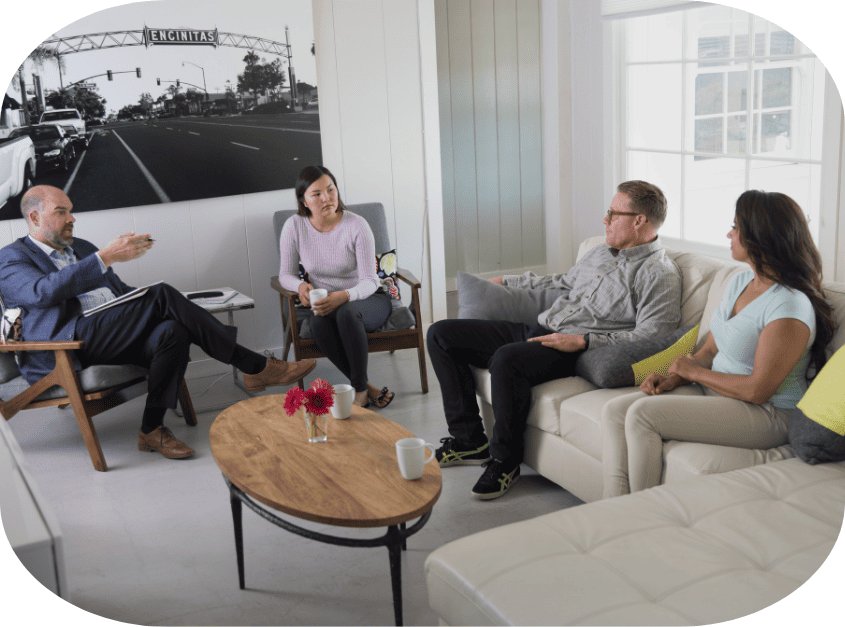
The duration of residential treatment varies based on each individual’s needs and progress. Typically, programs can last anywhere from 30 to 90 days or longer, depending on the severity of the addiction, the presence of co-occurring disorders, and the patient’s overall treatment plan.
Our team works closely with each patient to determine the most appropriate length of stay to ensure a thorough and effective recovery process.
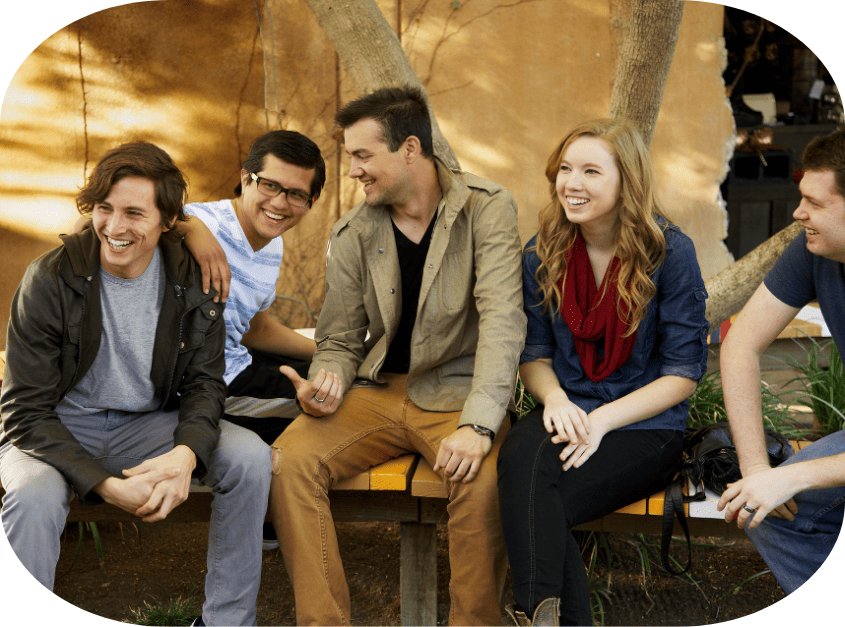
We are committed to providing a comfortable and effective place for clients to get clean and begin their journey in recovery. Your recovery is our number ONE priority at Asana Recovery. Call us today.
Saving lives. Supporting families. Strengthening communities.
Our team of licensed professionals specializes in treating co-occurring mental health and substance abuse disorders, often referred to as dual diagnosis. We estimate that 3 out of 4 patients we see have dual diagnosis. To address these issues, we implement a variety of therapies, including:
These therapies help manage and treat both addiction and underlying mental health conditions, providing a wholesome approach to recovery.

Yes, we are a couples-friendly treatment center. Call us today, and our admissions team will better understand your relationship and the severity of the substance abuse. This information allows us to create a tailored recovery plan specifically designed for couples.
Learn more about our rehab for couples in Orange County program here.

Upon completing the residential treatment program, you can transition to our PHP in Orange County or IOP in Orange County. These less intensive programs allow you to work or attend college while continuing your recovery.
In these programs, overnight stays are no longer required, as you will be living independently. This structure supports your reintegration into daily life while maintaining access to essential treatment and support.
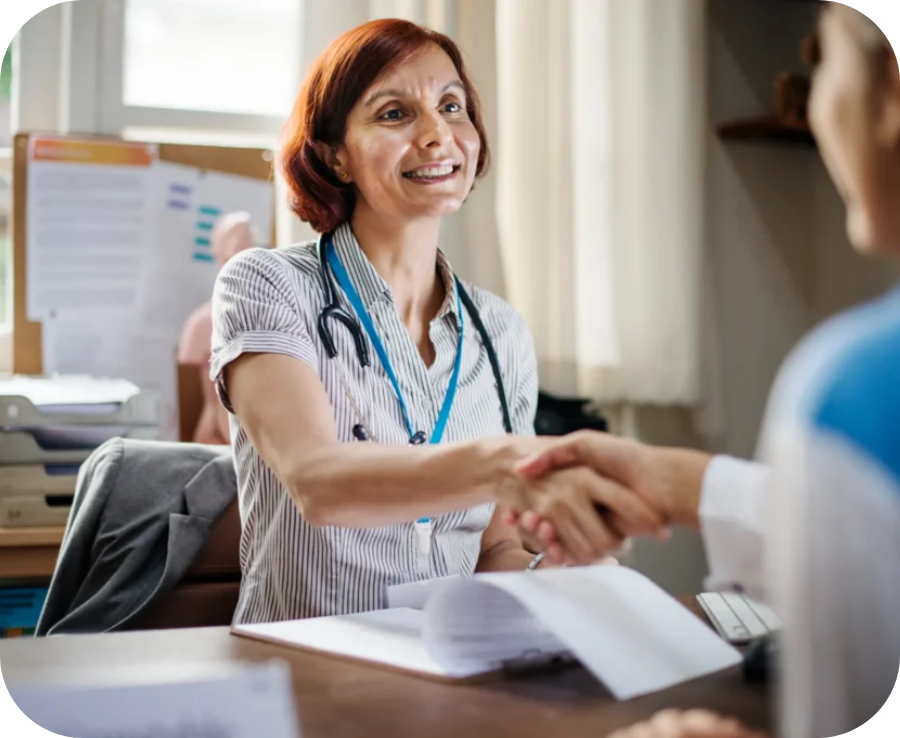
Start your recovery journey with us at Asana Recovery,
where we prioritize your well-being and provide
a welcoming environment for you to heal.
It is important to differentiate between effective and legitimate treatment facilities and others that may be operating dishonest or deceptive programs.
Our Orange County residential treatment facilities are licensed recovery centers that meet nationally recognized standards for addiction treatment as established by accreditation agencies, such as CARF and the Joint Commission.
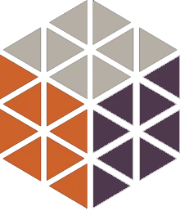
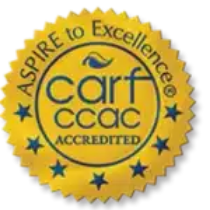
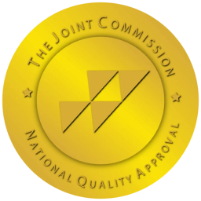
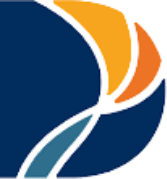
Contact Asana Recovery for help with selecting a residential program that is right for you or a loved one. We are happy to provide a no-cost, no-obligation consultation with one of our experienced advisors.
Studies have shown that the longer an individual stays in treatment, the more successful their long-term recovery will be. Desire to change can start the recovery process, but education and therapy are what will sustain your recovery far into the future.
The Asana Recovery Center provides programs and support for all stages of your recovery, from the beginning detox process, to therapy and education in residential treatment, all the way through resuming your daily life with outpatient treatment. This journey begins with a single step.
© Copyright 2024 Asana Recovery™ | All Rights Reserved | Privacy Policy
Asana Recovery
We firmly believe that the internet should be available and accessible to anyone, and are committed to providing a website that is accessible to the widest possible audience, regardless of circumstance and ability.
To fulfill this, we aim to adhere as strictly as possible to the World Wide Web Consortium’s (W3C) Web Content Accessibility Guidelines 2.1 (WCAG 2.1) at the AA level. These guidelines explain how to make web content accessible to people with a wide array of disabilities. Complying with those guidelines helps us ensure that the website is accessible to all people: blind people, people with motor impairments, visual impairment, cognitive disabilities, and more.
This website utilizes various technologies that are meant to make it as accessible as possible at all times. We utilize an accessibility interface that allows persons with specific disabilities to adjust the website’s UI (user interface) and design it to their personal needs.
Additionally, the website utilizes an AI-based application that runs in the background and optimizes its accessibility level constantly. This application remediates the website’s HTML, adapts Its functionality and behavior for screen-readers used by the blind users, and for keyboard functions used by individuals with motor impairments.
If you’ve found a malfunction or have ideas for improvement, we’ll be happy to hear from you. You can reach out to the website’s operators by using the following email
Our website implements the ARIA attributes (Accessible Rich Internet Applications) technique, alongside various different behavioral changes, to ensure blind users visiting with screen-readers are able to read, comprehend, and enjoy the website’s functions. As soon as a user with a screen-reader enters your site, they immediately receive a prompt to enter the Screen-Reader Profile so they can browse and operate your site effectively. Here’s how our website covers some of the most important screen-reader requirements, alongside console screenshots of code examples:
Screen-reader optimization: we run a background process that learns the website’s components from top to bottom, to ensure ongoing compliance even when updating the website. In this process, we provide screen-readers with meaningful data using the ARIA set of attributes. For example, we provide accurate form labels; descriptions for actionable icons (social media icons, search icons, cart icons, etc.); validation guidance for form inputs; element roles such as buttons, menus, modal dialogues (popups), and others. Additionally, the background process scans all the website’s images and provides an accurate and meaningful image-object-recognition-based description as an ALT (alternate text) tag for images that are not described. It will also extract texts that are embedded within the image, using an OCR (optical character recognition) technology. To turn on screen-reader adjustments at any time, users need only to press the Alt+1 keyboard combination. Screen-reader users also get automatic announcements to turn the Screen-reader mode on as soon as they enter the website.
These adjustments are compatible with all popular screen readers, including JAWS and NVDA.
Keyboard navigation optimization: The background process also adjusts the website’s HTML, and adds various behaviors using JavaScript code to make the website operable by the keyboard. This includes the ability to navigate the website using the Tab and Shift+Tab keys, operate dropdowns with the arrow keys, close them with Esc, trigger buttons and links using the Enter key, navigate between radio and checkbox elements using the arrow keys, and fill them in with the Spacebar or Enter key.Additionally, keyboard users will find quick-navigation and content-skip menus, available at any time by clicking Alt+1, or as the first elements of the site while navigating with the keyboard. The background process also handles triggered popups by moving the keyboard focus towards them as soon as they appear, and not allow the focus drift outside it.
Users can also use shortcuts such as “M” (menus), “H” (headings), “F” (forms), “B” (buttons), and “G” (graphics) to jump to specific elements.
We aim to support the widest array of browsers and assistive technologies as possible, so our users can choose the best fitting tools for them, with as few limitations as possible. Therefore, we have worked very hard to be able to support all major systems that comprise over 95% of the user market share including Google Chrome, Mozilla Firefox, Apple Safari, Opera and Microsoft Edge, JAWS and NVDA (screen readers).
Despite our very best efforts to allow anybody to adjust the website to their needs. There may still be pages or sections that are not fully accessible, are in the process of becoming accessible, or are lacking an adequate technological solution to make them accessible. Still, we are continually improving our accessibility, adding, updating and improving its options and features, and developing and adopting new technologies. All this is meant to reach the optimal level of accessibility, following technological advancements. For any assistance, please reach out to